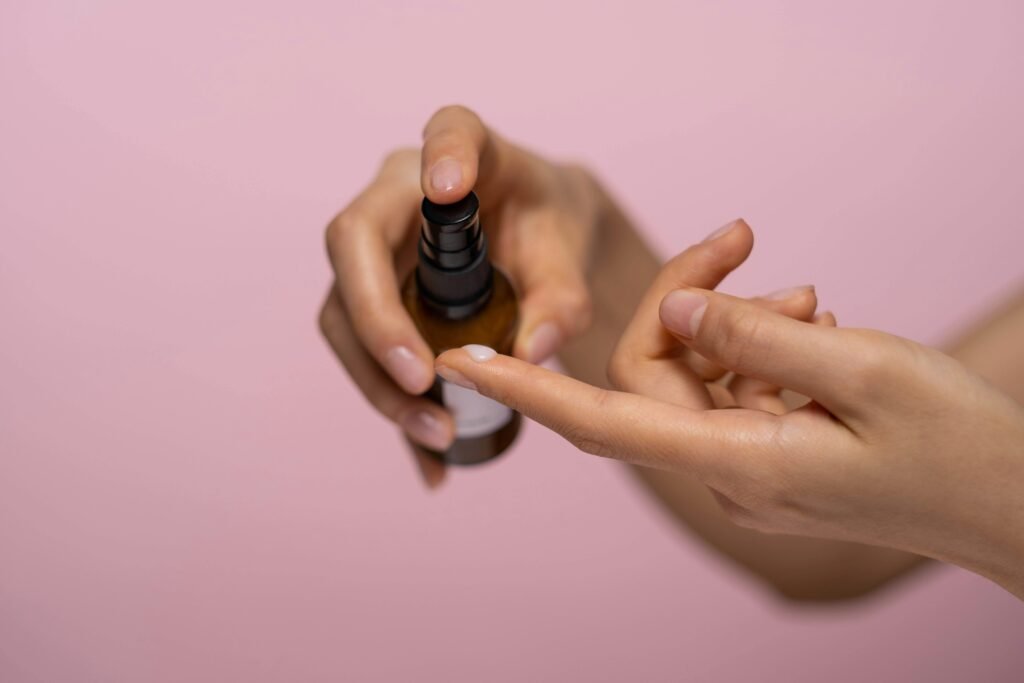Retinal vs. Retinol – What’s the Difference?

What is Retinal?
Retinal, also called retinaldehyde, is a form of vitamin A that belongs to the retinoid family. It has become popular in skincare because it helps fight signs of aging and acne. Retinal boosts collagen production, improves skin elasticity, smooths fine lines, and helps fade dark spots.
Retinal vs. Retinol – What’s the Difference?
Retinal and retinol are both types of vitamin A used in skincare, but they work a bit differently. Retinol has to go through two steps in the skin to become active: first, it turns into retinal, and then into retinoic acid (the active form).
Retinal needs only one step to become retinoic acid, so it works faster and is often more effective. Also, retinal is usually gentler on the skin, which makes it a good choice for people with sensitive or redness-prone skin.
What Can You Combine with Retinal?
You can mix retinal with other skincare ingredients to get better results:
- Niacinamide: Helps reduce dark spots and makes the skin more elastic. Works well with retinal.
- Peptides: Support skin repair and help smooth wrinkles, especially when used with retinal.
- Hyaluronic acid: Keeps the skin hydrated, which is important because retinoids can sometimes cause dryness.
What Not to Mix with Retinal
To avoid irritation, it’s best not to use retinal with:
- Other retinoids: Using more than one retinoid can make the skin too dry or irritated.
- AHA or BHA acids: These can make the skin more sensitive. Use them at a different time of day or on alternate days.
- Vitamin C: Because they need different pH levels, using both at the same time may make them less effective. Try using vitamin C in the morning and retinal at night.
Summary
Retinal is a powerful skincare ingredient that can give fast results for aging and acne. When used correctly and combined with the right products, it can make your skin healthier, smoother, and more radiant
